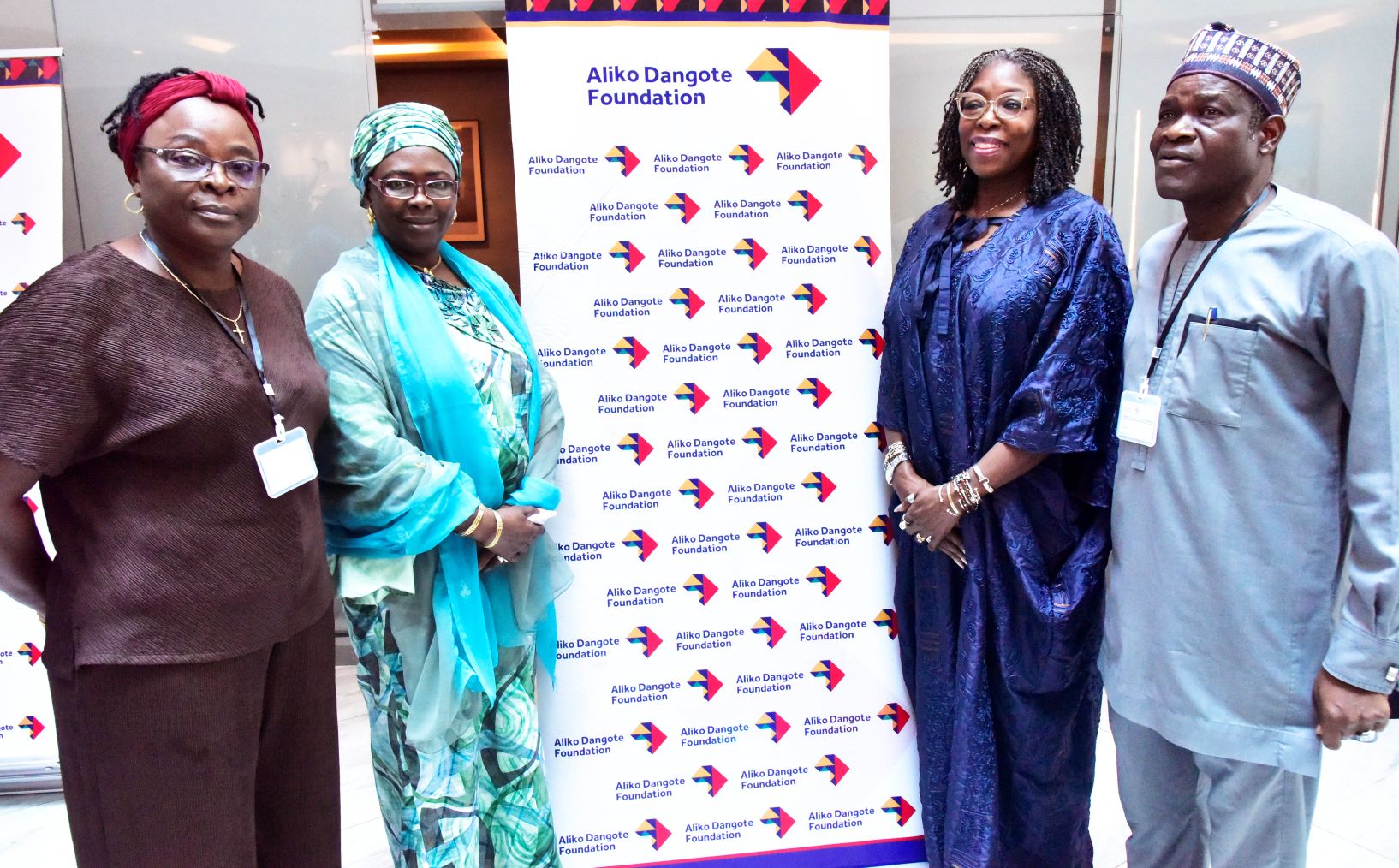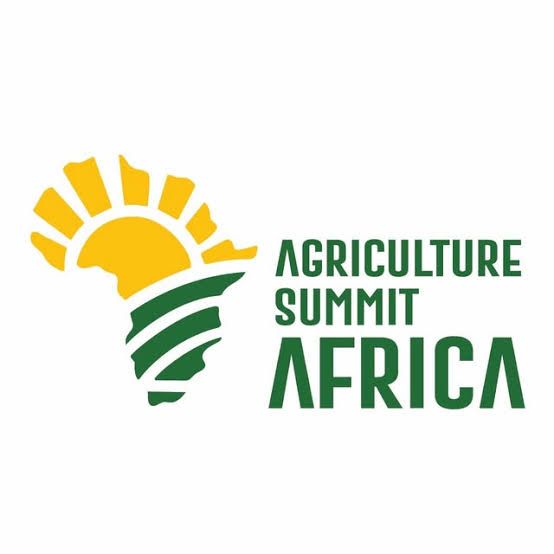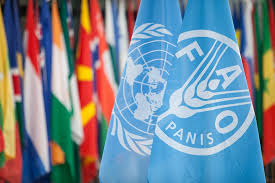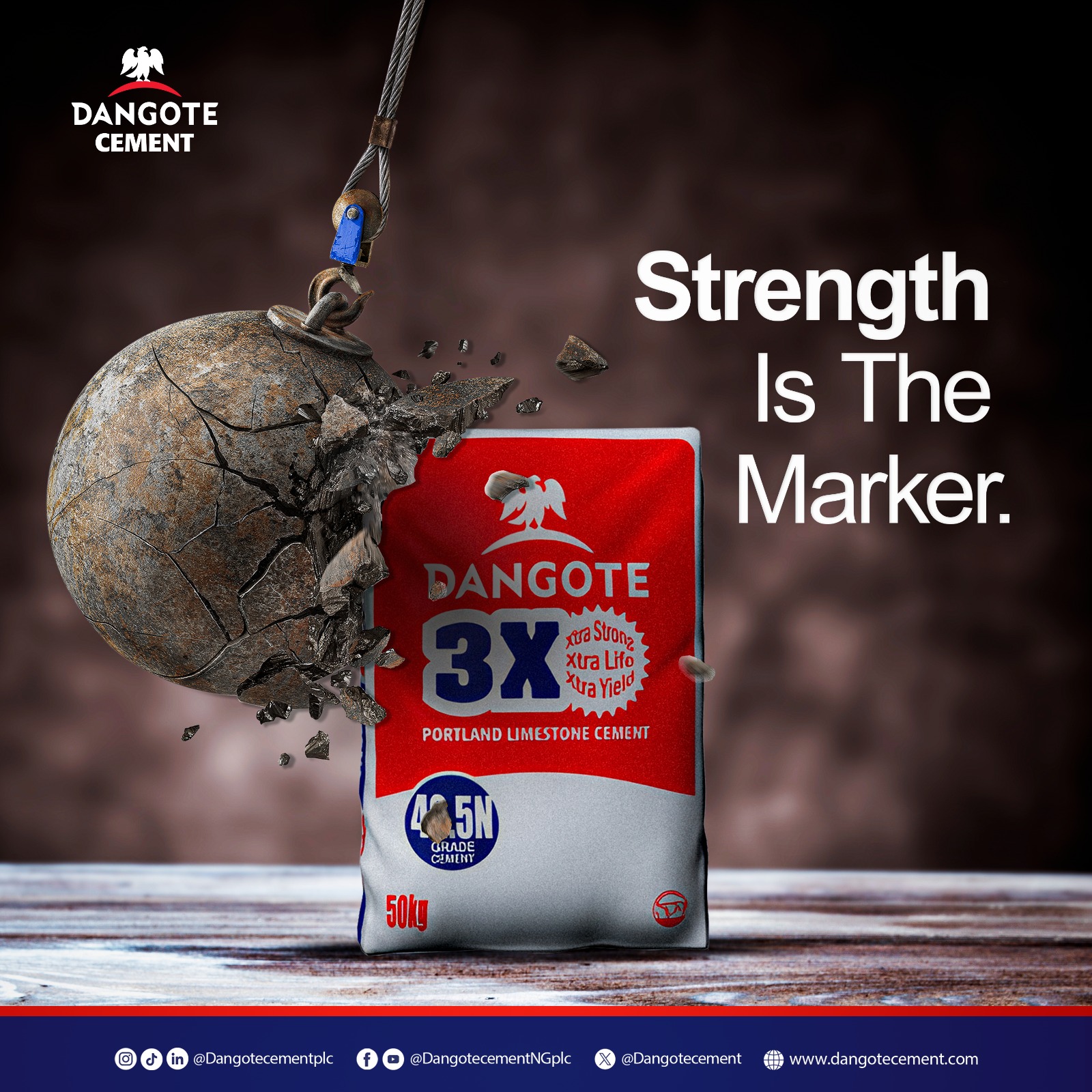The Paradox of Rice As A Metaphor
BY SIMBO OLORUNFEMI

“We would never have a food crisis; we would only have a palate crisis. This means we have to change our taste. For people who like to eat foreign rice, they have to adapt and adjust to local rice.” – Ade Adefeko
Nigeria is a paradox, wrapped in multiple layers of paradox. She exports what she needs and imports what she does not need. What she has, she often does not appreciate, and what she does not need, she desperately desires to have. Nothing best sums up the paradox than Nigeria’s unbreakable love affair with rice.
Whereas rice, according to experts, is indigenous to Nigeria, having been cultivated for over 3,500 years, with the cultivation of improved rice varieties (O. sativa L.) traced as far back as 1890, with urbanisation and the colonisation of appetite, Nigerians will move to fully embracing parboiled rice by the 1990s that will make the days of Nigeria’s self sufficiency during the 1960s a distant memory.
Such is the love affair with rice that whereas, its consumption was only 1% of Nigerians’ diet in 1960, by 1980, it had risen to 7% by 1980 and 15% by 2000. According to IRRI, “whereas 360,000 tonnes of rice produced in the 1960s was enough to meet local demand, but the 1.45 million tonnes produced in the 1990s was not.” Not only had consumption level begun to outstrip production, the taste for foreign had triggered a disruption, leading to massive drain on the country’s foreign reserve, which would lead to a ban on the importation of rice in October, 1985. That would be reversed later, as Nigeria’s consumption level began to shoot up, reaching 5 million metric tonnes in 2010 and projected to reach 13 million metric tonnes in 2030 and 36 million metric tonnes in 2030.
It did not take long before it dawned on policy makers that Nigeria was faced with a rice problem. But the leadership would continue to flounder over what to do, how to do it, with the will to do often lacking. President Olusegun Obasanjo once argued that the problem is one that would have been resolved long ago, but for inconsistency in policy, especially a reversal of focus on the part of President Shehu Shagari who took over from him. “In 1979, we were getting to a place where we would be self sufficient in rice production, but then a new administration came and set up a Presidential Committee on rice importation instead of a Presidential Committee on Exportation of rice.”
President Obasanjo would get a second chance to work on this, but there is not much on record for him in that regard, even though he had the 1999 Presidential Initiative on Rice and the 2001 National Programme for Food Security. “These initiatives included import barrier policies and other incentives to stimulate local production and achieve self-sufficiency in rice production. However, the initiatives clearly failed to achieve their defined goals…”
The Jonathan Administration, under the watch of Dr Akinwunmi Adesina, would be more decisive in the pushing Nigeria in the direction it ought to have taken earlier. In 2011, the administration launched the Agricultural Transformation Agenda, with the Rice Transformation plan, with the target of achieving self-sufficiency in production of rice within the next 5 years.
The initiative by the government was anchored around a two-pronged strategy – adoption of tariffs and duties to discourage importation to make locally-produced rice competitive, as well as implement a number of policies to encourage investment in the sector. The policy objective was to enhance level of productivity and grow production capacity of paddy and the processing of premium-quality rice in the country.
That would lead to a number of big players taking to the field of rice production. Olam launched an ambitious rice programme with a fully irrigated paddy farm on greenfield site in Ondorie, Nasarawa State, which has grown to a total farm area of 13,500 hectares, with about 5000 hectares under cultivation. The company has invested over USD 120 million in the project till date.
One good thing about Olam’s approach is the linking of her large scale project with the interest of smallholder farmers, actively supporting the rice-growing communities in Nasarawa, Benue, Kebbi, Taraba, Plateau and Kaduna States to form cooperatives, while extending training and agricultural inputs to them on credit, in order to improve their own paddy yields and revenues, with assured buyback system at decentralised locations at the farm gates, with prices decided by the Price Committee comprising of the representatives of the Farmers, Olam & other partners in the programme.
There are 32,800 farmers including over 8,500 women currently engaged in the programme, spread around 1,800 cooperatives, farming over an area of 32,800 hectares, who produced over 57,000 mts of paddy, for which they received over N9 billion for the year 2020. They supply 40-50% of the mill’s capacity.
Other players such as Dangote, with USD One Billion investment for 150,000 hectares with a target of One million metric tonnes, Coscharis, BUA, Stallion, Azman with 20,400 hectares, and many others, including NFGCS and CSS Farms, which I have visited, have also invested heavily in local production of rice. The good thing is that smallholder farmers have their place assured in the system, receiving support from the government and other agencies, especially taking advantage of the Anchor Borrowers programme.
The results are there. Even though Nigeria could not attain the objective of self-sufficiency within the timeframe set by the previous administration, but by 2014, Nigeria had overtaken Egypt as the largest producer of rice in Africa. With more concerted efforts put in by the current administration there has been a remarkable growth in the level of production.
According to a July 2020 report by Premium Times, “Nigeria has produced more rice in the last five years than at any other time since the return of democracy in 1999, data from the United Nations Food and Agriculture Organization (FAO) shows. The FAO data shows that between 2014 and 2019, Nigeria maintained top spot among rice producers in Africa. Between 2014 and 2016, Nigeria’s rice paddy production figures constantly rose from 6.0 to 6.2 and to 7.5 million metric tonnes respectively.
In 2017, Nigeria’s production figure fell to 6.61 mmt, but increased in 2018 to 6.81 mmt. Again, in 2019, it dropped to 5.1 mmt. When compared by government administrations in the last two decades, rice paddy production has so far averaged at about 7 mmt under the Buhari administration — the highest. It averaged at 4.1mmt, 5.4mmt and 3.3 mmt during presidencies of Musa Yar’Adua, Goodluck Jonathan and Olusegun Obasanjo respectively.
Rice paddy production in Nigeria increased from 325,000 tonnes in 1969 to 5.1 million metric tonnes in 2019, growing at an average annual rate of 8.76 per cent, the data show.”
Even the misunderstood policy of closure of land borders to curb the smuggling of products has paid off, according to Africa Report’s Estelle Maussion. “The controversial policy seems to be paying off: Nigeria is the only country out of three African nations ranked amongst the top 20 rice producers in the world (alongside Côte d’Ivoire and Senegal) to have reduced its imports between 2013 and 2019, according to the Geneva-based trader Alliance Commodities, even though prices ended up spiking as a result of the measure. In parallel, Abuja has provided support to the private sector through a series of measures (a guaranteed minimum price, input supply, farm loans, tax exemptions for rice plants, etc.).
Such measures have helped to boost the productivity of small-scale farmers (who make up 80% of the sector) and encourage large companies (which account for just 20% of producers) to make investments, including domestic leaders such as Dangote, Coscharis and BUA, as well as foreign players like Olam and Stallion (a conglomerate owned by the Indian national Sunil Vaswani and headquartered in Dubai). Singapore’s Olam also has plans to produce 240,000 metric tons of rice in the upcoming farming season, while Aliko Dangote’s company invested $1bn in 2017 to increase cultivation of rice to 150,000 hectares and set up 10 plants with the ambition of reaching an annual 1 million metric tons by 2022.”
Indications are there that with consistency in this policy direction, Nigeria is on the way to attaining self sufficiency in rice production. That, to me, is instructive. It suggests to me that, with rice, we have confronted this embarrassing paradox of neglecting what we have for what we do not have, by redefining the problem as an opportunity, with the determination to see through solutions. It does appear that something good might come, after all, from our obsession with rice.
A determined pursuit of a well-tailored import substitution policy is the only way to go. It was successfully done with cement. We would have achieved the same thing with petroleum products, once the Dangote refinery begins operation. With this, we will be able to massively scale back on our huge import bills which will then impact our foreign reserves, exchange rate and the economy as a whole. It will take us confronting the paradoxes, as we have done with rice, to find our way out, so that we are not consumed by what we are consuming. In the manner in which we finally confronted the rice paradox, we might have found a metaphor for resolving some other challenges.














